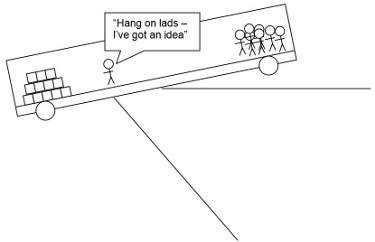This volume, edited by Lucia Banci, is probably the first real book on metallomics. The table of contents looks very promising, and judging from those bits that I am able to access, I’d love to say that is is a great book... But honestly I can’t. The days when I could persuade the library to purchase (for me) a book, however expensive, are long gone. At the Springer website, eBook is priced at €142.79 and hardcover costs €181.85. You can buy them slightly cheaper from Amazon ($175.82 and $227.05, respectively.)
The book is dedicated to Ivano Bertini, who sadly passed away last year. I was lucky enough to meet the man himself on a few occasions. Ivano was a formidable scientist and one of the most colourful figures of bioinorganic chemistry and structural biology.

Metal Ions in Life Sciences, vol. 12
Lucia Banci, Editor
- Banci, L. and Bertini, I. Metallomics and the cell: some definitions and general comments, pp. 1—13.
- Penner-Hahn, J.E. Technologies for detecting metals in single cells, pp. 15—40.
- Clausen, M.J.V. and Poulsen, H. Sodium/potassium homeostasis in the cell, pp. 41—67.
- Romani, A.M.P. Magnesium homeostasis in mammalian cells, pp. 69—118.
- Brini, M., Calì, T., Ottolini, D. and Carafoli, E. Intracellular calcium homeostasis and signaling, pp. 119—168.
- Roth, J., Ponzoni, S. and Aschner, M. Manganese homeostasis and transport, pp. 169—201.
- Andrews, S., Norton, I., Salunkhe, A.S., Goodluck, H., Aly, W.S.M., Mourad-Agha, H. and Cornelis, P. Control of iron metabolism in bacteria, pp. 203—239.
- Dlouhy, A.C. and Outten, C.E. The iron metallome in eukaryotic organisms, pp. 241—278.
- Benson, D.R. and Rivera, M. Heme uptake and metabolism in bacteria, pp. 279—332.
- Cracan, V. and Banerjee, R. Cobalt and corrinoid transport and biochemistry, pp. 333—374.
- Sydor, A.M. and Zamble, D.B. Nickel metallomics: general themes guiding nickel homeostasis, pp. 375—416.
- Rensing, C. and McDevitt, S.F. The copper metallome in prokaryotic cells, 417—450.
- Vest, K.E., Hashemi, H.F. and Cobine, P.A. The copper metallome in eukaryotic cells, pp. 451—478.
- Maret, W. Zinc and the zinc proteome, pp. 479—501.
- Mendel, R.R. Metabolism of molybdenum, pp. 503—528.
- Gladyshev, V.N. and Zhang, Y. Comparative genomics analysis of the metallomes, pp. 529—580.







